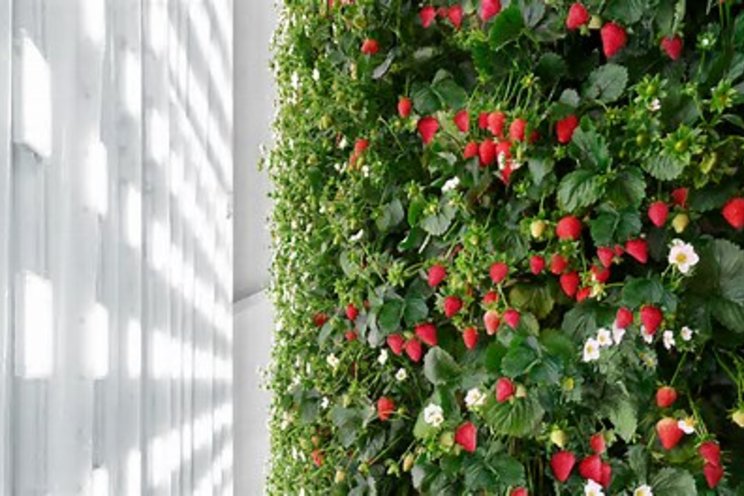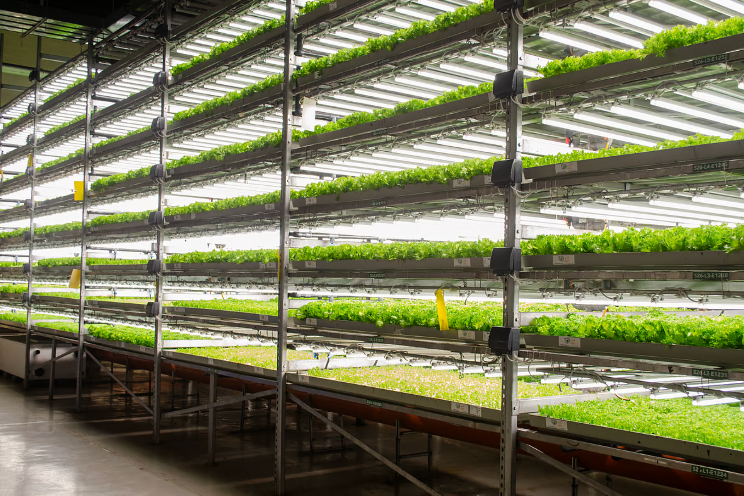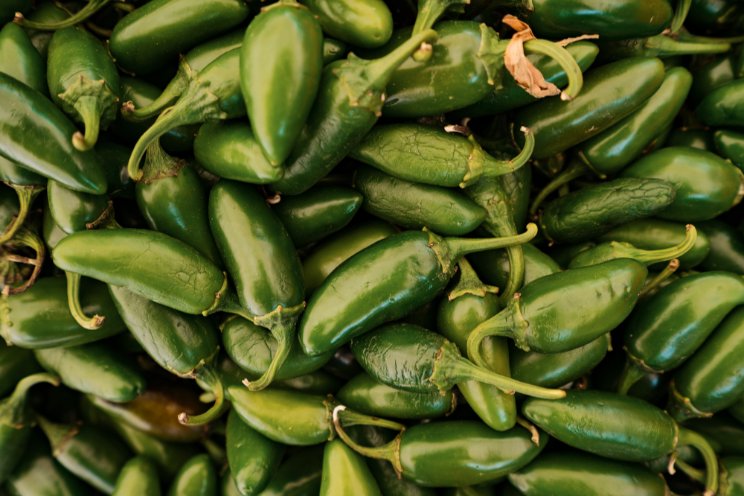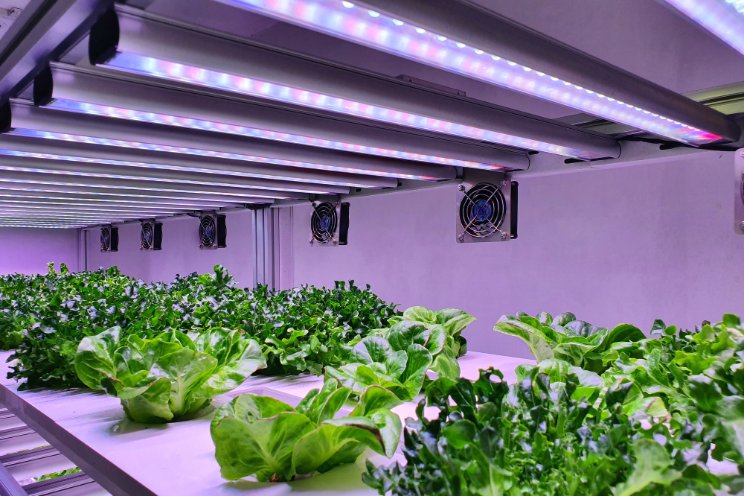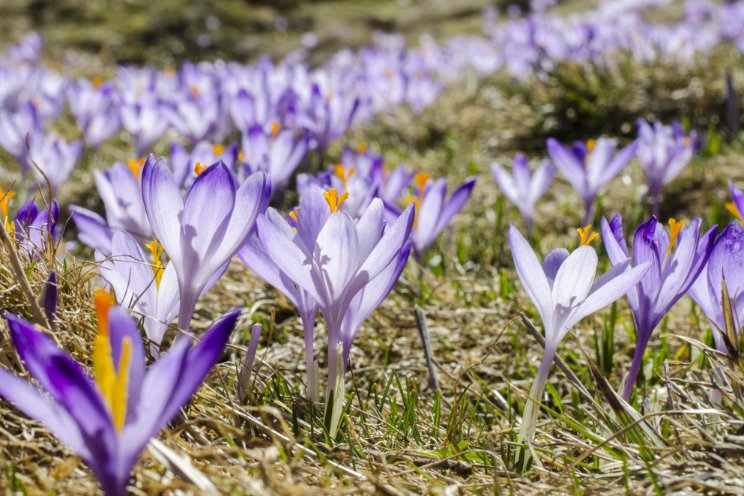Sandponics: A sustainable solution to desert food
Added on 20 April 2023

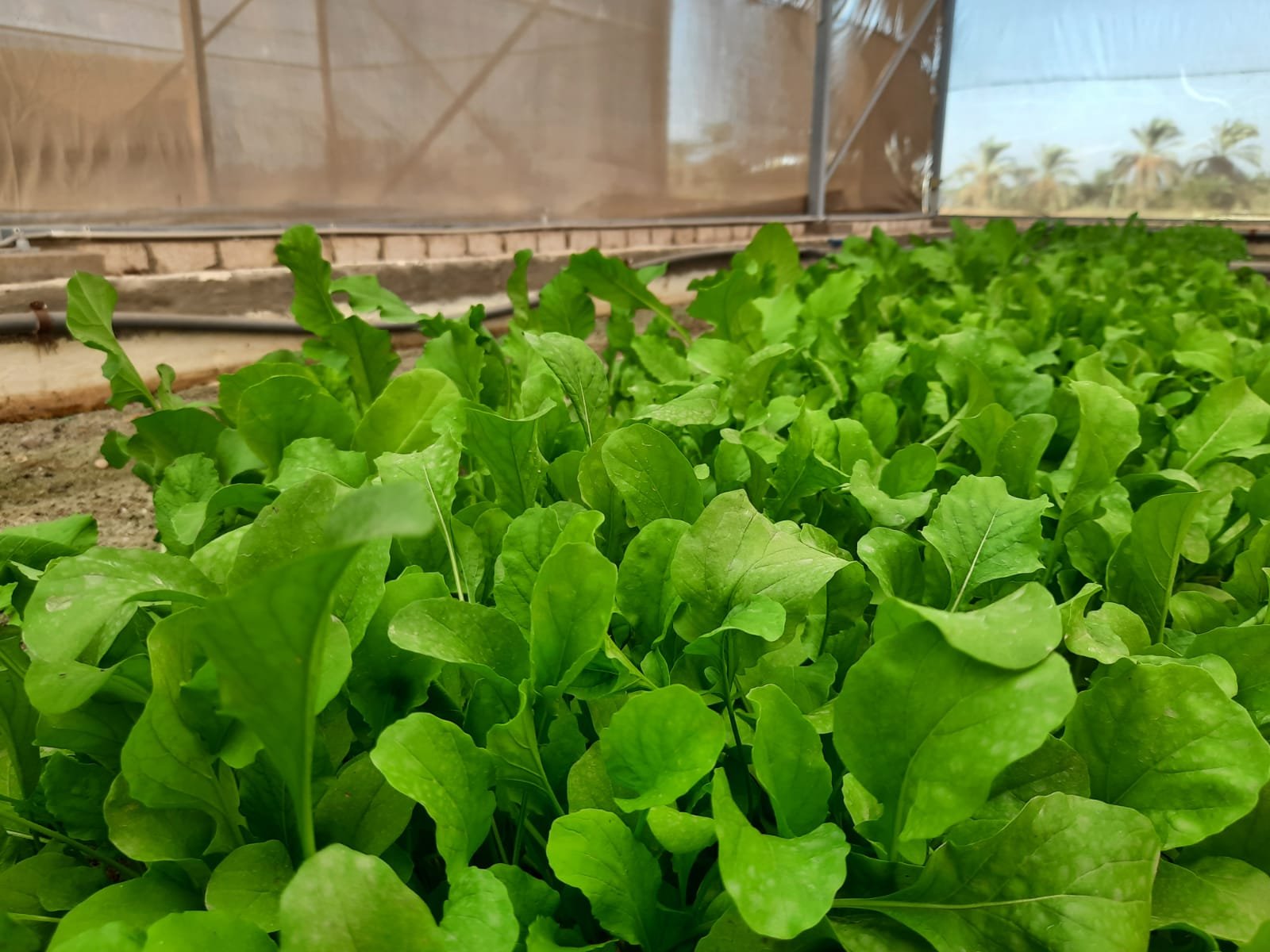 Credit: Kiwa Farms.
Credit: Kiwa Farms.
Sandponics, also referred to as IAVS (Integrated Aqua Vegeculture System), is an approach to agriculture that could provide a solution to food insecurity in desert regions. It is an aquaponic-related growing technique for cultivating plants that utilize sand as a primary medium for mechanical filtration, biofilter, and crop-growing media. It is a promising, sustainable production option for several crops, including vegetables, vines, and fruits.
The system can easily be applied since sand is readily available in most areas and is a versatile medium that can be sterilized and recycled. It’s also cheaper than soil, thus making it a more efficient, affordable, and low-risk technology option. However, there are some drawbacks to a sandponics system, including perators requiring specialized training, crop nutritional deficiencies due to insufficient fertilizers, finding suitable sand for crops that require cooler climates, and expensive heated systems.
This blog post will explain how sandponics works, its key considerations, and how it can help desert populations with food security.
How Sandponics Works
Sandponics combines hydroponics, which is the technique of growing plants in water, and aeroponics, which is the technique of growing plants in air. It uses fish to create ammonia that then gets converted to nitrates by beneficial bacteria, which serves as food for the plants. The main difference when compared to aquaponics is that it does not require separate mechanical and biofilters as the sand acts as both.
Photo: Kiwa Farms. Credit: Henry Gordon Smith
More news

